How To Reduce Breakouts When You Have Dry Skin
The bitter battle against blemishes. Is there an end in sight? Most of us thought the annoyance of acne would be long gone by now, but pimples, redness, and irritation can persist far beyond those good old glory days of our youth. While we may not be able to banish breakouts forever, we can definitely reduce the frequency and intensity. And if we create certain changes in our beauty routine, adjust our health choices, and address any deeper issues identified by a dermatologist, then we have hope of making quite an improvement in our skin’s appearance.
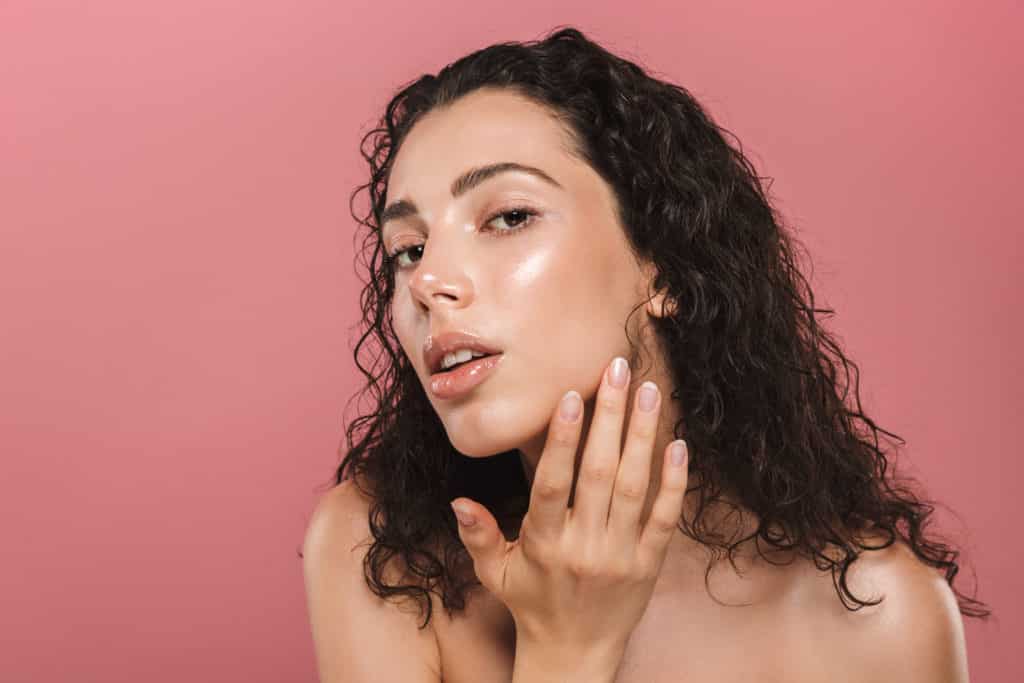
Those with dry skin might have a whole different set of concerns, including how to keep skin moisturized without getting excessively greasy. Maintaining balance is key, as we will discuss further, but first a little lesson on how acne occurs, and what conditions can be created to counteract them.
Pimples, blackheads, whiteheads, zits and a whole host of other fun terms are all slightly different ways to describe acne, which occurs when your hair follicles, or pores, become plugged with skin cells and oil. When sebaceous glands in the pores produce excess oil, or sebum, this can create the conditions for acne to flourish. Though sebum protects the skin with its waxy texture, if there’s too much it can clog pores. The presence of bacteria, as well as irritations and inflammation may also exacerbate a breakout.
The shedding of skin cells is part of the natural process of skin cell regeneration cycle, so we have to find ways to clear the path and keep skin clean. Of course in trying to treat symptoms of acne, some of us go overboard with drying products or acne medication that exacerbates dry skin. Unfortunately this, in turn, can get our skin to double down on oil production and make it harder to treat acne. We shouldn’t strip away natural oils, but rather respond appropriately to excess oil and breakouts. The goal is to achieve balance, a lesson we try to apply in so many other areas in life.
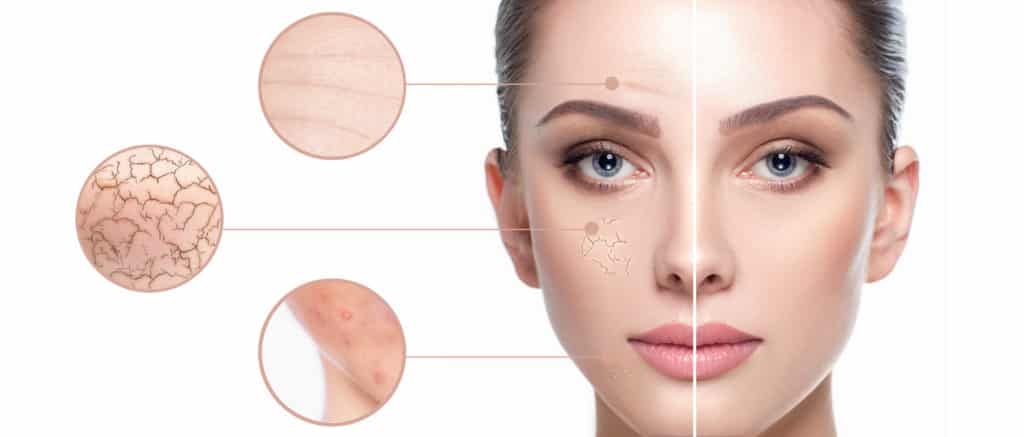
Below you’ll find a few tips that many people have found helpful in reducing blemishes, especially when also dealing with dry skin. You might have to try a new product or a new habit for a few weeks or longer before you notice any change. Do what you can to seek out ingredients and skin care products that dermatologists suggest and habits supported by other medical experts.
See Related: What is a Good, Natural Toner for Dry Skin?
1. Maintain a moisture balance
Sometimes the tendency is to zero in on the inflamed area of skin and see only the pimple as the problem. However, it may be helpful to take several steps back to realize that it’s the symptom of a larger issue. It could be an attempt of your skin to overcompensate for a dry climate or overly air conditioned or heated home. So, assess your situation and see where you can squeeze in adjustments.
How’s the weather where you are? What’s the environment like? Could you increase the humidity so it’s a little easier for your dry skin to achieve balance? Researchers found that skin dryness and irritation significantly decreased with the presence of a humidifier. Humidity in the environment makes the moisture in your skin less likely to evaporate. Sebaceous glands won’t get signals to go into overdrive to counteract dryness. And this means that acne-prone dry skin doesn’t haven’t to suffer from the harmful cycle. So if you can’t escape to a tropical paradise, buy a humidifier, blend yourself a pina colada, and let your imagination wonder.
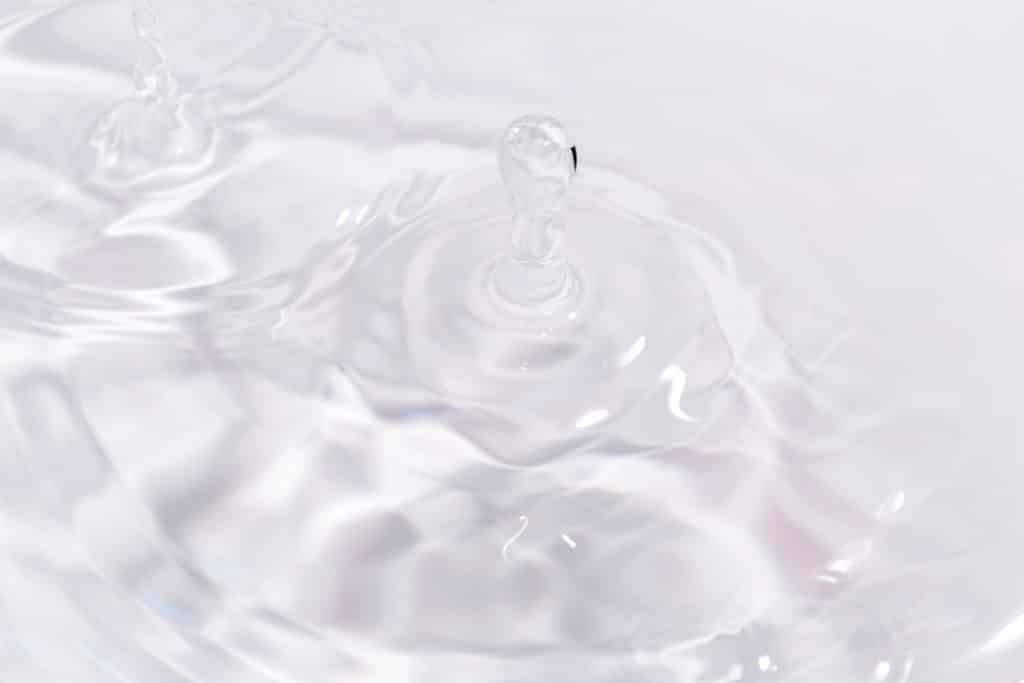
2. Exfoliation: choose regular rather than reactionary
It doesn’t much matter if you happen to have oily skin, dry skin, or combination skin. Regardless of skin type, you have oil, dirt, and dead skin cells that could clog pores if you don’t work to prevent it. Aim to exfoliate once or twice a week, but don’t go to town tearing away at the surface layer too roughly.
You can exfoliate with either a chemical or physical approach. A gentle scrub that contains oatmeal or sugar or coffee is an example of exfoliation that sloughs away the cells physically. Chemical exfoliation uses ingredients like alpha hydroxy acids such as lactic, beta hydroxy acids such as salicylic acid, or enzymes derived from fruits.
It can be nerve racking when you’re considering a chemical exfoliation on your own. You may be worried about selecting something overly harsh, or just wondering how it works. Whatever your worry, you can rest assured that there are safe and effective options that don’t take off with a layer of your face and leave you looking like you stayed out in the sun all day. There are some exfoliating creams that you can even leave on and even layer your favorite moisturizer on top.
Once such option is Viviane Woodard’s Skinodyssey. This natural exfoliator, which contains glycolic acid, encourages skin cell regeneration and brings fresh new skin cells to the surface. It sloughs away dead skin cells and aids in the retention of moisture so your skin feels radiant and renewed.
You should follow up your exfoliation with a nourishing non-comedogenic moisturizer so as to not clog pores.
3. Don’t poke and pick
When a pimple rears its ugly head, a lot of us have the instinct to take out our ire right there on our defenseless skin. Well, waging war with your skin is generally something you should avoid. Instead of picking and poking and overreacting, take a breath and make a plan.
Also, if you’ve already picked at your skin or have open sores on the surface, it’s not the time to exfoliate. Try to introduce exfoliation as part of your regular skin care routine rather than using it as a remedy. You definitely don’t want to further irritate your skin during a breakout.
Bonus: 10 DIY Recipes to Treat Dry Hands
4. Choose a clarifying cleanser
When you’re looking for products to deal with dryness and treat acne, don’t forget it includes your face wash. If you’re washing with whatever’s sitting in the soap dish, you may be causing your skin more issues. Look for a dermatologist-recommended product that addresses acne and dry skin.
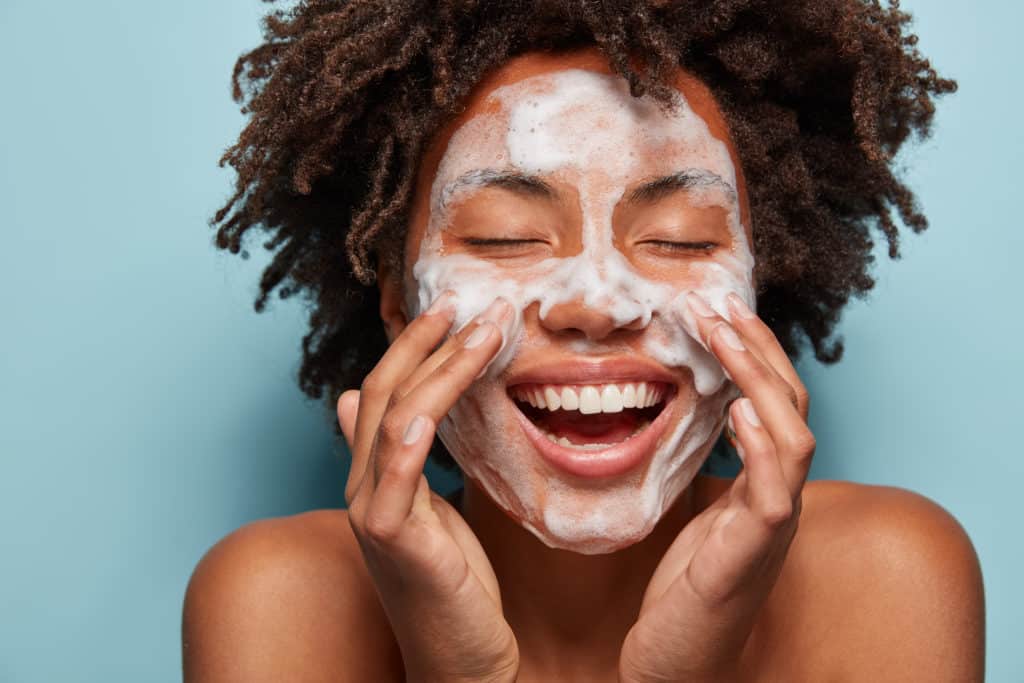
A good cleanser will wash away the old skin cells and sebum that has settled on your skin over the course of the day. Water alone can’t cut it, so you’ll need a little assistance in order to dissolve the dirt, detritus, makeup and more. If you’re particularly sensitive or use medicine that makes your skin dry, be sure to seek out a gentle hydrating cleanser. Choose a product that won’t irritate or cause dryness, because you can’t fight fire with fire. Even if you’re bummed out by those blemishes, this is an opportunity to keep skin hydrated, not hurt it with overly harsh scrubs or drying chemicals.
Look for ingredients that address dryness and also help you ditch dirt without stripping away natural oils. You don’t want what you use to work against the skin barrier, which protects the body’s water balance. Vivian Woodard’s Enriched Cleanser manages to remove makeup, dirt, and excess oil and leaves no pore-clogging residue behind. It’s a fabulous formula that sets up your skin for a clear complexion (especially if you take some of the other tips here under consideration).
5. Don’t overwash
Don’t think taking extra showers or washing your face more often will send those pimples packing. Too much water from your shower can overdry skin, and even the best cleansers don’t need to be used more than two times a day.
Overwashing will often mean overdrying your skin. If you do a midday workout or work up a sweat exercising, then yes, you should be using something to remove the oils and dirt after that. But to be honest, many experts have said that if you thoroughly clean your face before bed, then all you really need in the morning is to rinse off. You may not need to soap it up at all, but rather let some of those natural oils do their natural thing on your skin, and be the barrier to the outside world.
6. Moisturize like you mean it
When it comes to moisturizing, the first thing you can do is get rid of pore-clogging products that create more problems for your acne-prone skin. If you use one that you think might cause your skin to break out, stop using it. I know it’s hard to let things go to waste, but that’s no reason to make matters worse.
Try moisturizers that are non-comedogenic, fragrance free, and that treat dry skin, sensitive skin, and acne-prone skin with care. Follow these tips from a previous post that covers which moisturizer might work for your skin type. But also, here’s a spoiler alert: if you have dry or aging skin, you should check out Vivian Woodard’s water-based Enriched Moisturizer, which enriches skin with nutrients while fending off dry skin with antioxidants.
7. Include acne-fighting ingredients
Whether it’s included in a wash or used as a separate spot treatment, there are certain products you should be using that boost your chances at fending off a breakout.
Benzoyl peroxide and Salicylic acid are both examples of medication a dermatologist might recommend to a person for acne treatment. Benzoyl peroxide is an anti-bacterial treatment that decreases the number of comedones on the skin, which are the bumps related to acne found most commonly on the forehead and chin. And salicylic acid actually does a few things. It chemically exfoliates the uppermost layer of skin, can reduce sebum production at the source, and helps decrease inflammation.
Retinoids, the term used to refer to all retinol products, have been found to improve the texture and tone of skin. Some of these products require a prescription while others can be purchased over-the-counter. For some individuals with sensitive skin, retinoids can prove a little harsh because of the exfoliation factor. But that’s not all retinoids do. They are able to regulate the gene expression, enhance collagen production, and unclog pores, which enables other medications to be that much more effective. However, if you’re dealing with acne and dry skin, you may think about visiting a dermatologist to be sure the combination of topical creams you’re using will work well for you.
If you want to learn a bit more about over-the-counter products and what to do on your own before turning to more medically-managed treatments for acne, watch this video from dermatologist Dr. Sandra Lee:
8. Inside Out
We’ve covered what you can do to address environmental factors that contribute to breakouts, and topical treatments you can apply, but what about addressing acne from the inside out? Genetics and hormones have a lot to do with whether or not you’re prone to acne. Unfortunately, there’s not a whole lot you can do about the genes you were given. Of course, if a dermatologist does diagnose your situation as a hormonal issue, then that could be a treatment worth trying.
For most people though, it’s not something that needs to be dealt with medically. It’s a matter of skin care and overall health. And while you can’t eat your way to a cure, you can try healthier habits that can only help. There are more and more studies to show that cutting down on refined and processed foods can alleviate acne for some. So while “pour some sugar on me” sounded great when Def Leppard sang it, you shouldn’t have sugar as a staple if you’re hoping to free your face of acne.
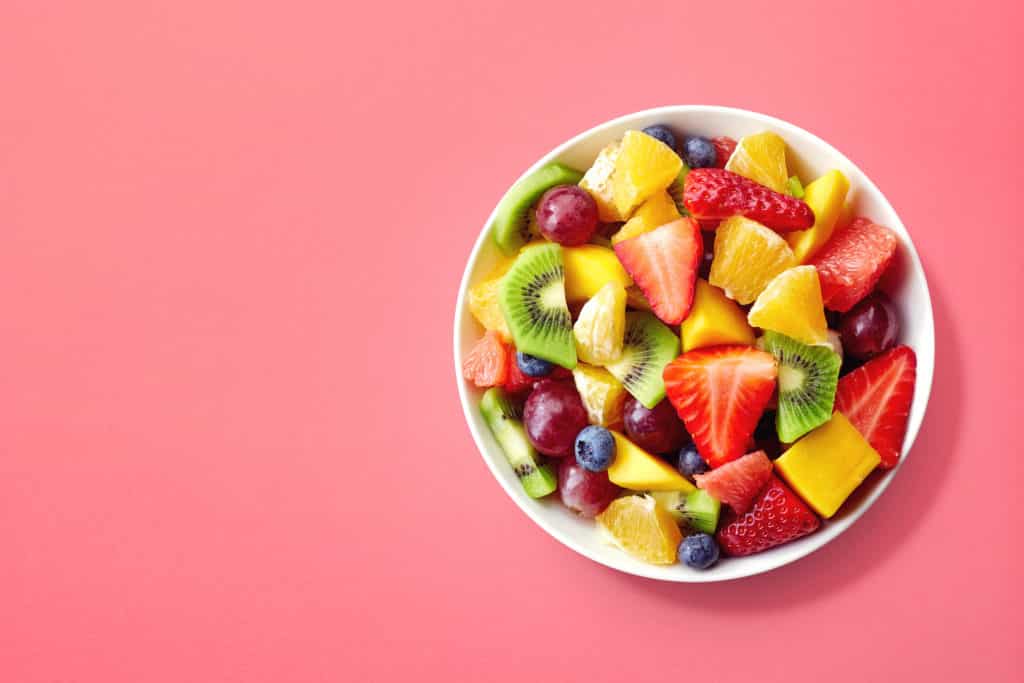
You could try cutting down on dairy, if you want to put some theories to the test. Some studies have shown an association or correlation (but not a causation) between consuming milk and more acne flare ups. This means that milk can contribute to acne, but the scientific literature can’t quite confirm that there’s a consistently causal relationship. So if you’re not totally in love with lactose, then you might wish to see what cutting back on dairy could do for you.
When it comes to water, and drinking a lot, it’s pretty hard to go overboard because it’s just good practice to stay hydrated. H2O helps your system to cleanse itself and may also help the tone and texture of your skin. This is another one where it doesn’t hurt to try. Having a healthy diet can help your skin to a certain extent, as can getting a lot of good rest and wearing non-comedogenic makeup. And you guessed it, you can get cruelty-free, water-based, and vegan products that will help with complexion perfection from Viviane Woodard.
Keep Reading: How Does Glycolic Acid Help Treat Acne?
For over 60 years, Viviane Woodard has represented “The Purity of Skincare”. We are the leading beauty brand for water-based skin care products and promote the importance of good skin hydration. Follow us on Facebook, Instagram, Twitter, and Pinterest for skin care tips, product discounts and more.
